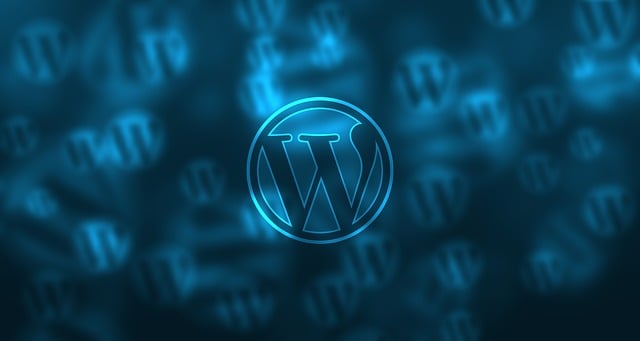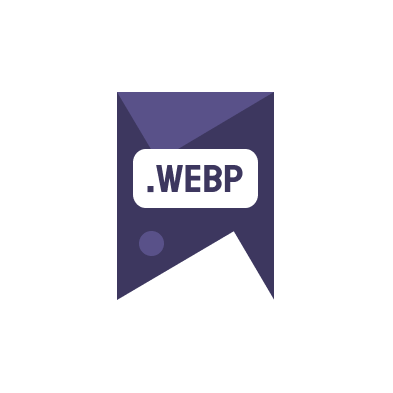When it comes to managing digital content, the choice of image formats can significantly impact both website performance and user experience. WebP images in CMS is a topic of growing importance as this format offers notable advantages in terms of file size and quality. However, despite these benefits, some companies are hesitant to allow WebP images in their Content Management Systems (CMS). Let’s delve into the underlying reasons for this reluctance.
Compatibility Issues
One of the main barriers to the adoption of WebP images in CMS is compatibility. WebP, developed by Google, is designed to create smaller, richer images that are ideal for the web. However, not all web browsers and systems fully support the WebP format. This can lead to issues where images are not displayed correctly for some users, impacting user experience negatively.
Moreover, some older CMS platforms may not have updated their software to handle WebP files, leading to additional challenges during content management and website development. This lack of universal compatibility is a significant deterrent for many businesses considering WebP integration into their CMS.
Technical Constraints
Implementing support for WebP images requires additional technical resources and updates. Some companies may find the cost of updating their CMS to support WebP unjustifiable, especially if their current setup meets their needs without it. The process involves not only software updates but also training staff and potentially revising workflows, which adds to the overall complexity and cost.
Perceived Benefits Versus Actual Needs
Although WebP offers substantial benefits in terms of file size and load times, some companies might not see enough practical benefit if their current formats are sufficiently optimized. For small to medium-sized enterprises that do not deal with high volumes of traffic or large image files, the switch to WebP might not present a clear advantage.
Lack of Awareness and Misinformation
There’s also a significant gap in awareness about WebP’s advantages and how they can be harnessed within a CMS. Misinformation about WebP’s compatibility and benefits can further reduce the likelihood of adoption. It’s crucial for companies to have access to the right information to make informed decisions about updating their digital asset management practices.
How Companies Can Transition to WebP
To facilitate a smoother transition to WebP images in CMS, companies can start by educating their teams about the benefits and practical implications of using WebP. Additionally, they can implement fallback solutions where WebP images are served to supported browsers while alternative formats are provided to others.
Furthermore, using online tools like Image to webp online free can be an initial step for companies to test and visualize the benefits of WebP without fully integrating it into their CMS. For more technical insights, visiting Google’s WebP format guide can provide extensive information.
In conclusion, while there are several reasons why companies might resist adding WebP images in CMS, solutions and approaches exist to mitigate these challenges. As more browsers and platforms enhance their support for WebP, we can anticipate a broader adoption across industries, which will significantly benefit site performance and user engagement.

